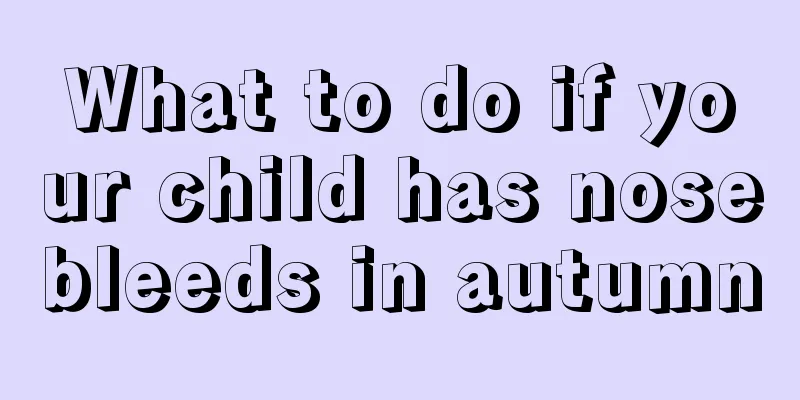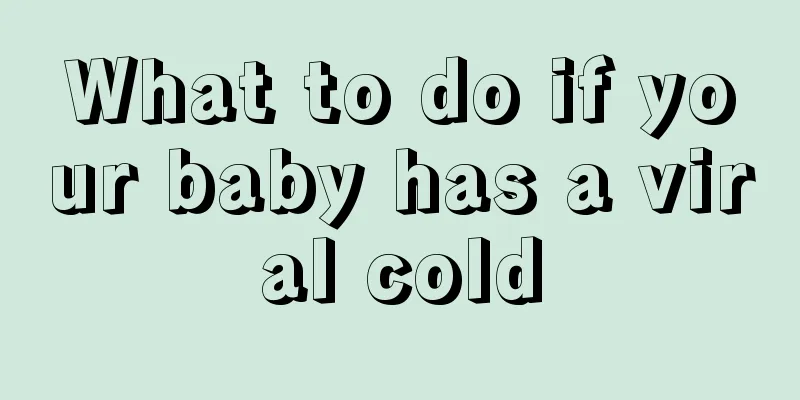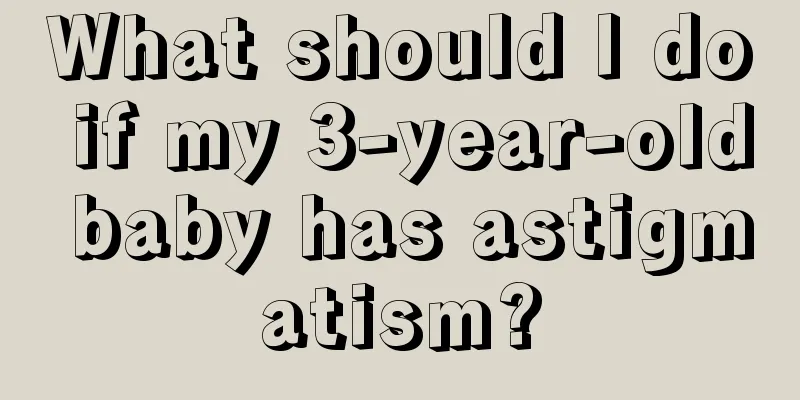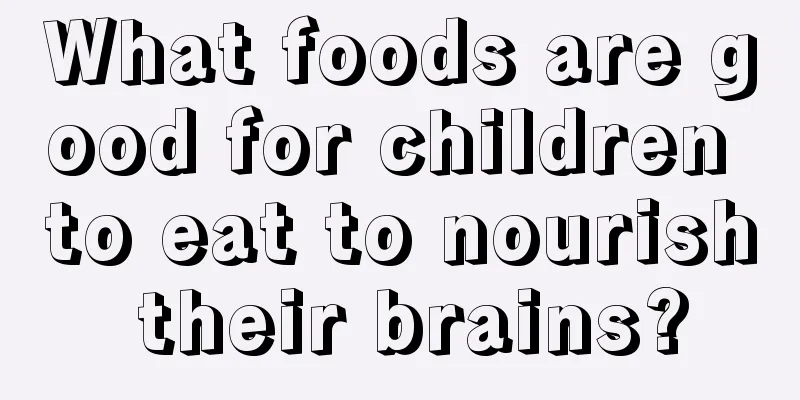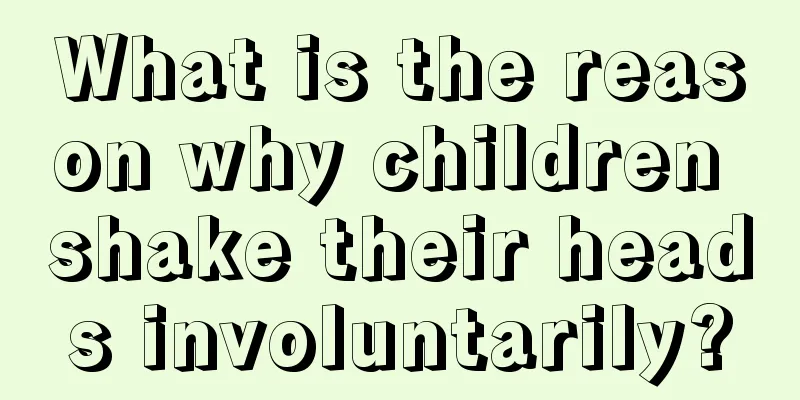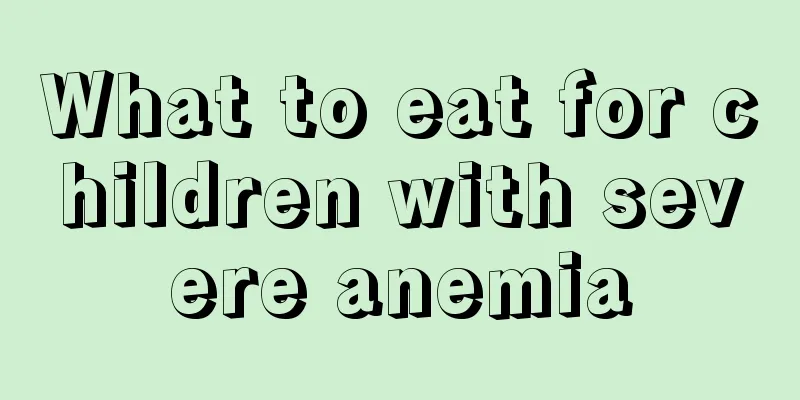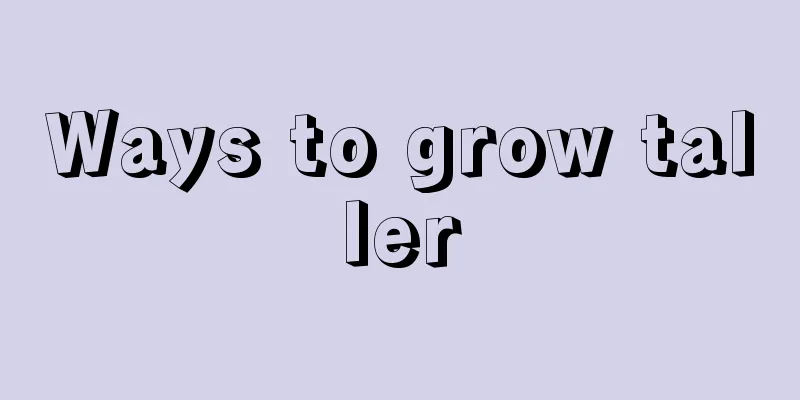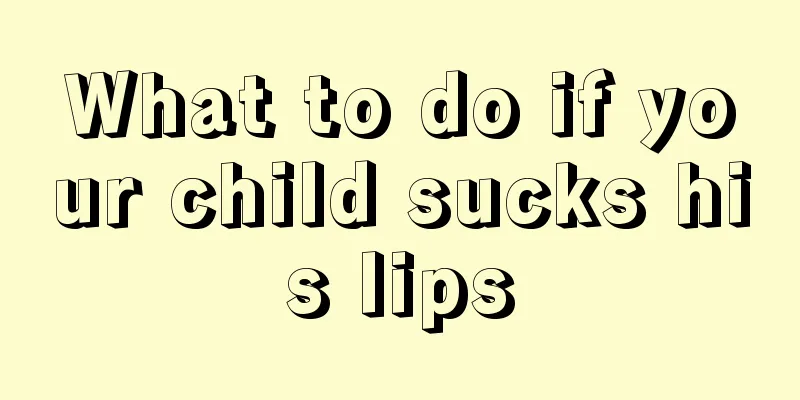Why do children have cold hands and feet?
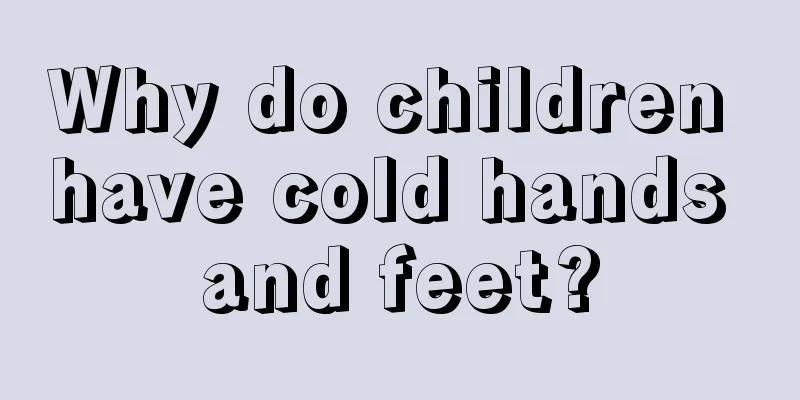
|
We know that young children's bodies are relatively fragile, so we need to take good care of them at this time. When there is any abnormality in their bodies, we should solve it immediately. For example, what should we do when a child has a fever and cold hands and feet? Next, I will introduce some specific practices to you. 1. Treat the primary disease. Fever is a manifestation of the disease, not an independent disease. Therefore, when treating children's fever, we should not simply focus on reducing the fever, but should actively look for the cause of the fever and treat the primary disease. 2. Antipyretic treatment: Children with persistent high fever need appropriate cooling measures to avoid brain cell damage and adverse effects caused by excessively high body temperature. It is especially necessary to take cooling measures in a timely manner for children with a history of febrile convulsions and children with high fever and extreme irritability. The following situations in children with fever require vigilance or emergency treatment: febrile convulsions; fever in infants under 3 months old; fever lasting more than 5 days; fever > 40°C and cannot be effectively reduced within 2 hours by acetaminophen or ibuprofen; obvious changes in children's behavior: such as not liking to play, loss of appetite, rarely talking, indifference to surrounding things or sudden special behavior that has never appeared before; less urine, indicating dehydration, such as infants wet < 3 diapers a day, or older children have not urinated for 8 to 12 hours. 3. Artificial hibernation therapy is a cooling method that combines drugs (chlorpromazine and promethazine mixed in equal amounts) and physical cooling. Artificial hibernation has a powerful protective inhibitory effect on the central nervous system, which can make the body fall asleep, lower the temperature, reduce the metabolic rate and oxygen consumption. It is mainly suitable for patients with persistent high fever or convulsions caused by severe infection, such as toxic bacterial dysentery, viral encephalitis, purulent meningitis, etc. In fact, no matter what method we use, the most important point is to make sure that young children can accept it. After all, their physical condition is different from that of adults. Sometimes we ignore this point and lead to the worsening of the situation, so the next time you encounter such a thing, you must pay attention. |
<<: Why are my baby's hands and feet cold?
>>: Why do I have cold hands and feet?
Recommend
Six month old baby has black stool
Stool can also show whether people are suffering ...
What are the symptoms and treatment of rubella in children?
The saddest thing is when children get sick, beca...
How to treat purpuric nephritis in children
Purpura nephritis in children is a systemic disea...
What to do if your child has a fever and convulsions
Fever in young children is a common disease durin...
Baby's four-month development indicators
As parents, when our children become unwell, we a...
What to do if your one month old baby doesn't sleep
Various problems of newborns will make their pare...
What happens when children have fever and diarrhea?
Nowadays, various common pediatric diseases are t...
What medicine is good for children to remove lead?
Normally, there are no symptoms of excessive lead...
What are the benefits of millet porridge for children?
It is beneficial for children to drink more mille...
Is it OK for children to lose their teeth prematurely?
Tooth loss is a stage that every child goes throu...
What to eat when a child has hard stools
Hard stools are a very common problem in children...
What should I do if my baby has red bumps all over his body?
Some babies have problems with their bodies, so t...
What is thrush in children?
Oral thrush is a very common condition in childre...
What disease causes red and swollen upper eyelids in children?
Eyelids are very important to everyone. Many peop...
What should I do if my child has a fever at night but is normal during the day?
Many parents find it strange why their children h...
